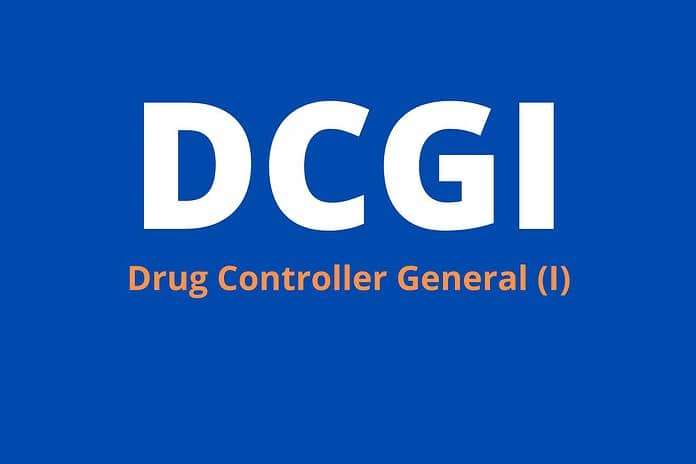Last Updated on October 10, 2024 by The Health Master
First Innovative Indigenous developed Medical Device
The Drugs Controller General (India) has granted approval for the first tissue engineering scaffold developed from mammalian organs, marking a significant milestone in the field of biomedical devices.
Developed by the Sree Chitra Tirunal Institute for Medical Sciences and Technology (SCTIMST), this animal-derived Class D medical device offers a low-cost solution for rapid healing of skin wounds with minimal scarring.
The approval positions the SCTIMST as the first institution in India to successfully develop Class D medical devices that meet all the regulatory requirements of the Central Drugs Standard Control Organisation (CDSCO), according to the Ministry of Science and Technology.
Reduced Treatment Costs:
With the introduction of this innovative device, named Cholederm, into the Indian market, the cost of treatment is expected to decrease significantly, from Rs. 10,000 to Rs. 2,000.
This reduction in cost will make the treatment more accessible and affordable for the general public. In 2017, the technology was transferred to Alicorn Medical, a start-up biopharmaceutical firm based in the technology incubation facility of SCTIMST, called TIMed.
Unique Technology and Market Potential:
The Ministry highlights that the technology for extracting extracellular matrix from the gallbladder is not available elsewhere, providing a competitive advantage in the international market.
Additionally, the utilization of pig gallbladders, which are typically considered slaughterhouse waste with no monetary value, as a valuable raw material for the biopharmaceutical industry creates a new income-generating opportunity for pig farmers.
Indigenous Advancements in Wound Care:
While the concept of using animal-derived materials in advanced wound care products is not new, the lack of indigenous technology for fabricating high-quality products that comply with regulatory standards led to expensive imports.
The researchers at the Division of Experimental Pathology in the Biomedical Technology Wing of SCTIMST have developed an innovative technology for preparing tissue engineering scaffolds from mammalian organs, addressing this gap.
Successful Healing and Scar Mitigation:
Extensive investigations over the past 15 years, led by Prof T V Anilkumar, in the aforementioned division, have resulted in the decellularization of pig gallbladders and the recovery of extracellular matrix.
Membrane forms of the scaffold have proven their efficacy in healing various types of skin wounds, including burns and diabetic wounds, in rats, rabbits, and dogs. Notably, these products exhibit faster healing and minimal scarring when compared to similar products available in the market.
Laboratory investigations have demonstrated the involvement of Type I and Type III collagen in the healing process, as well as the regulation of graft-assisted healing by anti-inflammatory M2 macrophages.
Expanded Applications and Future Potential:
While the membrane forms of the scaffold have shown promise in healing skin wounds, their application for treating cardiac injuries has proven challenging.
Consequently, the research team is currently developing injectable gel formulations of the scaffold.
These formulations will allow for transvenous on-site delivery and surface modification of polymeric medical devices, addressing the complexities associated with cardiac injury treatment.
The team anticipates that further research in multiple animal species will confirm these findings and potentially revolutionize the management of patients suffering from myocardial infarction.
Conclusion:
The recent approval of the indigenous tissue engineering scaffold developed by SCTIMST marks a significant achievement in the field of biomedical devices.
By providing a low-cost solution for rapid wound healing with minimal scarring, this innovation has the potential to enhance accessibility and affordability of treatment.
The successful utilization of animal-derived materials and the generation of value-added products from gallbladders offer novel opportunities in the biopharmaceutical industry.
With ongoing research and development, the scope of this indigenous technology may expand to benefit patients with cardiac injuries, potentially transforming current treatment modalities.
Procedure to obtain license for manufacturing of Medical Devices
Procedure for registration of Medical Devices: CDSCO
Registration for sale of Medical Devices: Procedure and conditions
Latest Notifications: Medical Devices
Classifications of Medical Devices under the provisions of MDR 2017
Notified Bodies for Medical Devices
Updated list of Notified Bodies for Medical Devices
Updated list of Medical Device Testing Laboratories (MDTLs)
USFDA completes inspection of JB Pharma with zero observation: Gujarat
Action to be taken against Pharmacies offering abnormal discounts: Karnataka
USFDA gives approval for Cisatracurium Besylate injection
NPPA Guidelines: For change of Manufacturer in Notified Drug Formulations
Pharma Traders Association request time to withdraw recently banned 14 FDCs
IPC: These 5 countries recognize Indian Pharmacopoeia (IP)
394 Product Permissions of 14 banned FDCs to be cancelled: Gujarat
NPPA revised Ceiling price of 15 scheduled formulations: June 2023
For informative videos by The Health Master, click on the below YouTube icon:
For informative videos on Medical Store / Pharmacy, click on the below YouTube icon:
For informative videos on the news regarding Pharma / Medical Devices / Cosmetics / Homoeopathy etc., click on the below YouTube icon:
For informative videos on consumer awareness, click on the below YouTube icon:









